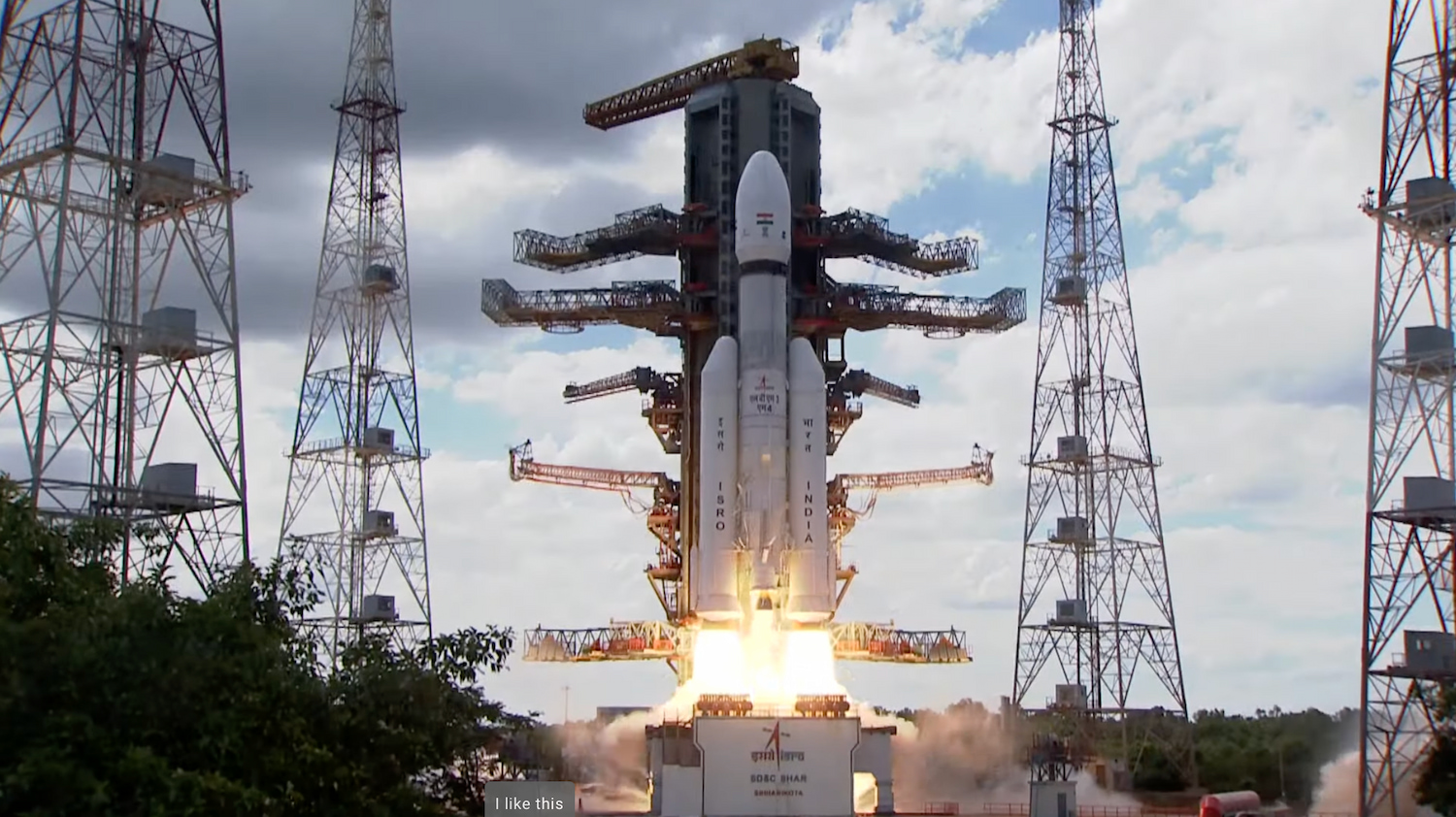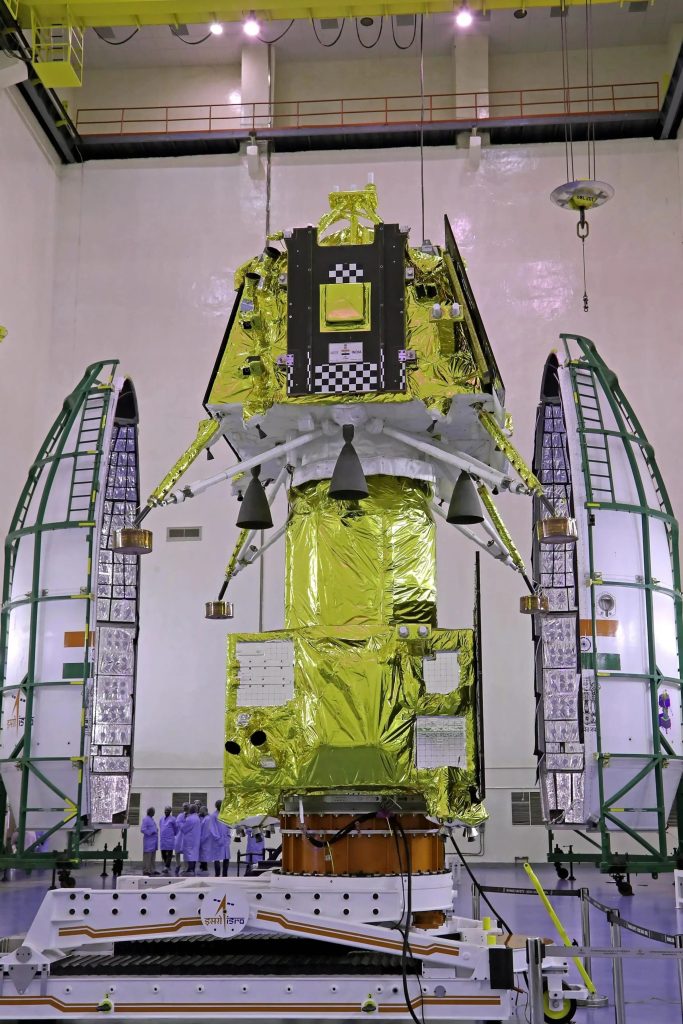
In the early hours here in the United States, the Indian Space Research Organization (ISRO) launched its largest and most powerful rocket from the Satish Dhawan Space Centre. Atop the rocket was the nation’s second attempt to land on the Moon, this time with an improved lander.
The Chandrayaan-3 payload consists of three components: the propulsion module, Vikram lander, and Pragyan rover. Currently, in orbit around Earth, it is embarking on a three-week journey to raise its orbit and ultimately reach lunar orbit by August 5.
This mission follows the Chandrayaan-2 mission, which successfully arrived at the Moon in 2019 with its orbiter, lander, and rover. While the orbiter collected valuable data on the natural satellite, the lander, unfortunately, crashed upon landing, resulting in its destruction along with the rover. Chandrayaan-1, a lunar probe launched in 2008, operated for about 10 months before losing connection with the spacecraft due to overheating of its power supply. Nevertheless, that mission was considered a success.
This time, ISRO has incorporated lessons learned from the previous landing failure and constructed a lander with improved chances of success. They have worked to mitigate potential structural and software failures, resulting in a 255 kg increase in weight for the Chandrayaan-2 Vikram lander.

The mission has three objectives: to demonstrate a safe landing on the Moon, to achieve successful rover operations, and to conduct various scientific experiments on the lunar surface. Chandrayaan-3 will have one lunar day, equivalent to 14 Earth days, to fulfill these objectives before transitioning into the prolonged lunar night, during which it was not designed to survive.
Onboard the spacecraft are several experiments from India, along with a NASA-sponsored retroreflector that will supplement the ones left by the Apollo missions for laser ranging studies. One notable Indian science payload aims to study the soil temperature and thermal properties of the Moon by digging 10 inches into the surface. It will measure the temperature changes as the soil is excavated and heat up the soil to observe its heat retention capabilities.
If successful, India will become the fourth country to land on the Moon, following the United States, Soviet Union, and China. However, India will be the first to land near the lunar South Pole, which is the intended destination for Chandrayaan-3.
Chandrayaan-3 is among several lunar missions in recent years and is not the last for this year either. China has successfully landed several landers on the Moon, with its most recent mission, Chang’e 5, returning samples in 2020. Russia plans to revive the Soviet Luna program with Luna 25, scheduled to launch as early as August 10. Additionally, SpaceIL aims to launch a second lander, while Astrobotic’s Peregrine lander could be launched on the first ULA Vulcan rocket, tentatively scheduled for the fourth quarter of this year. If either of the latter two missions succeeds, they will become the first private companies to land on the Moon.
All of these missions are leading up to NASA’s Artemis program, which aims to return humans to the lunar surface sometime in the mid-2020s.
FTC: We use income earning auto affiliate links. More.




Comments